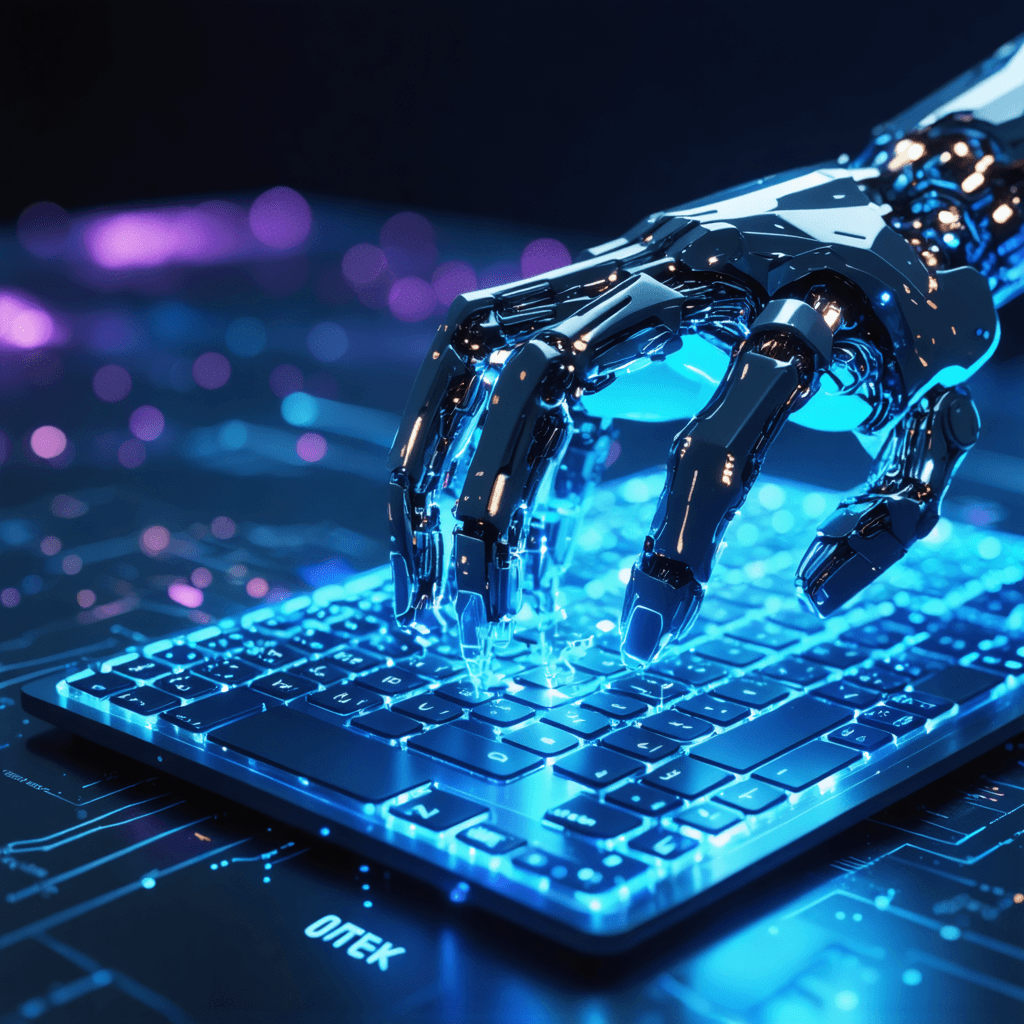AI Pair Programming: Navigating the Double-Edged Sword of Language Model-Enhanced Code Environments
In recent years, the software development landscape has undergone a transformative shift with the introduction of AI-powered pair programming tools. These sophisticated language models have become virtual coding companions, promising to enhance productivity and streamline the development process. However, like any powerful tool, they come with both advantages and potential pitfalls that developers must carefully navigate.
The Rise of AI Pair Programming
The emergence of advanced language models has revolutionized how developers approach coding tasks. These AI assistants can suggest code completions, identify bugs, explain complex code segments, and even generate entire functions based on natural language descriptions. This technological advancement represents a significant evolution from traditional IDE features, offering a more interactive and intelligent coding experience.
Benefits of AI-Assisted Development
Enhanced Productivity
One of the most immediate benefits of AI pair programming is the remarkable increase in development speed. Developers can significantly reduce the time spent on repetitive coding tasks, allowing them to focus on more complex problem-solving aspects of their projects. Research indicates that teams utilizing AI coding assistants report up to 40% faster completion times for common programming tasks.
Improved Code Quality
AI systems excel at maintaining consistency in coding standards and identifying potential issues before they become problems. They can:
- Detect common programming errors
- Suggest optimizations for performance
- Ensure adherence to best practices
- Provide real-time documentation
Learning Acceleration
For junior developers, AI pair programming tools serve as invaluable learning resources. They offer immediate feedback, explain complex concepts, and demonstrate alternative approaches to problem-solving. This continuous learning environment helps bridge the gap between novice and experienced developers more rapidly than traditional methods.
Potential Challenges and Risks
Over-Reliance Concerns
While AI assistance can boost productivity, there's a growing concern about developers becoming overly dependent on these tools. This dependency might lead to:
- Reduced problem-solving skills
- Decreased understanding of fundamental concepts
- Limited ability to debug complex issues independently
Code Quality Considerations
Despite their sophistication, AI models can sometimes generate code that:
- Contains subtle bugs or security vulnerabilities
- May not follow project-specific architectural patterns
- Could be unnecessarily complex or inefficient
Security and Privacy Implications
Organizations must carefully consider the security implications of using AI coding assistants, particularly when dealing with:
- Proprietary code
- Sensitive business logic
- Compliance requirements
- Data privacy regulations
Best Practices for Integration
Establishing Clear Guidelines
To maximize the benefits while minimizing risks, organizations should:
- Define clear policies for AI tool usage
- Set boundaries for code generation and review
- Establish verification processes for AI-generated code
- Maintain documentation of AI-assisted development
Balanced Implementation Strategy
Success with AI pair programming requires a balanced approach:
- Use AI as a supplementary tool, not a replacement for human expertise
- Implement regular code reviews for AI-generated solutions
- Maintain focus on understanding core programming concepts
- Encourage critical thinking and problem-solving skills
Training and Adaptation
Organizations should invest in:
- Proper training for team members
- Regular updates on AI tool capabilities
- Feedback loops for continuous improvement
- Documentation of best practices and lessons learned
Future Implications
The future of AI pair programming looks promising, with emerging trends pointing toward:
- More sophisticated code understanding
- Better context awareness
- Improved natural language processing
- Enhanced project-specific customization
However, the technology's evolution must be balanced with maintaining developer competency and ensuring code quality remains paramount.
Measuring Success
To evaluate the effectiveness of AI pair programming implementation, organizations should track:
- Development velocity metrics
- Code quality indicators
- Bug detection rates
- Developer satisfaction levels
- Learning curve improvements
Practical Implementation Tips
Start Small
- Begin with non-critical projects
- Gradually expand usage based on success metrics
- Monitor and adjust implementation strategy
Maintain Human Oversight
- Regular code reviews
- Peer programming sessions
- Architecture decision documentation
Foster Learning Culture
- Encourage experimentation
- Share successful patterns
- Document limitations and workarounds
Looking Ahead
As AI pair programming tools continue to evolve, we can expect more sophisticated features and improved accuracy. However, the fundamental principle remains: these tools should enhance, not replace, human developers' capabilities and judgment.
In conclusion, AI pair programming represents a powerful addition to the modern developer's toolkit. When implemented thoughtfully, with clear guidelines and appropriate oversight, it can significantly enhance productivity while maintaining code quality. The key lies in striking the right balance between leveraging AI assistance and maintaining strong fundamental development skills.
Ready to enhance your development skills and learn more about AI-powered programming? Explore our comprehensive courses and resources at 01TEK. Our expert-led programs will help you master the latest technologies and best practices in software development. Visit 01TEK's Learning Portal to start your journey toward becoming a more efficient and knowledgeable developer.
Leadership does not always wear the harness of compromise.
Woodrow Wilson



